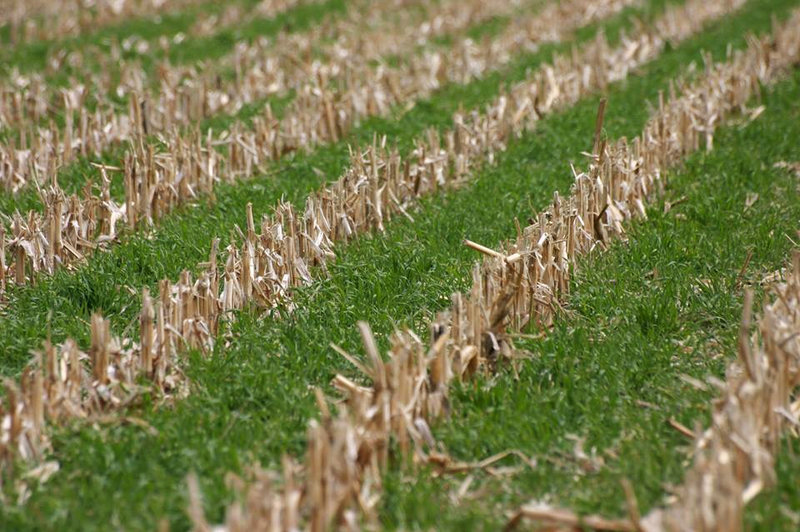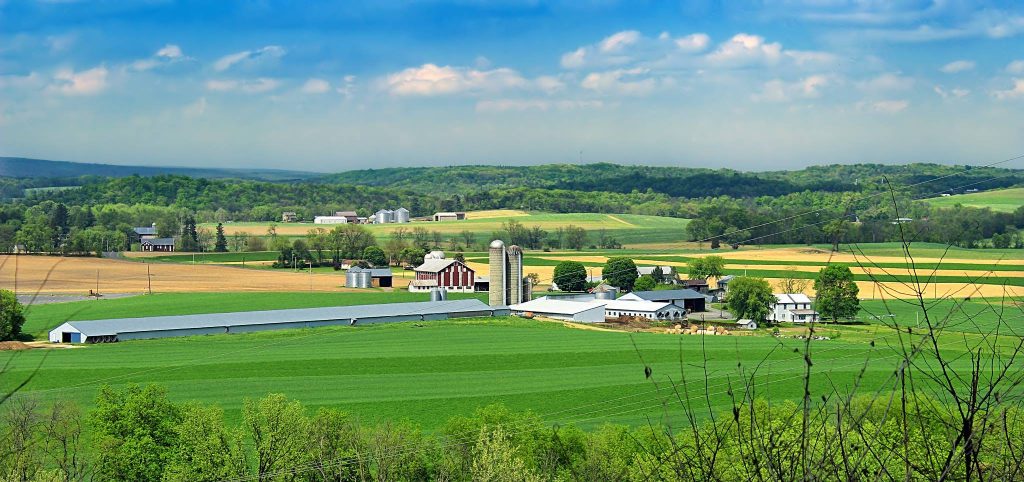4R Spotlight- Grid & Zone Soil Sampling
 In this week’s Ag Decisions section of the Delmarva Farmer, the Delaware-Maryland 4R Alliance offered an overview on grid soil sampling and zone soil sampling. If you’re considering adopting this strategy on some of your acreage next year, here are some resources to get you started. (Here’s a link to the text of the article, in case you missed it!)
In this week’s Ag Decisions section of the Delmarva Farmer, the Delaware-Maryland 4R Alliance offered an overview on grid soil sampling and zone soil sampling. If you’re considering adopting this strategy on some of your acreage next year, here are some resources to get you started. (Here’s a link to the text of the article, in case you missed it!)
- Precision Soil Sampling Helps Farmers Target Nutrient Application (University of Maryland Extension Fact Sheet)
- Low Grain Prices: Searching for Profits (YouTube Video featuring Purdue University’s Bob Nielsen)
- 6 Steps to Getting Reliable Soil Test Results (via the American Agriculturalist)
- Soil Sampling: Grids, Zones, Composites or What? (via Corn and Soybean Digest)
- Grid & Zone Soil Sampling (via Delta Farm Press)
Follow us on Facebook for links to timely tips and updates to improve your 4R strategies!

